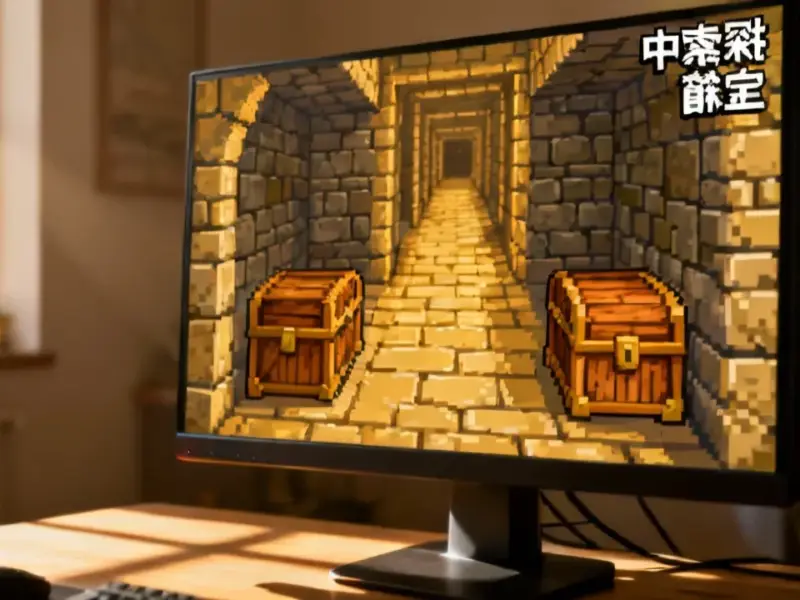According to Engadget, Atari and developer Digital Eclipse are releasing a paid expansion called The Namco Legendary Pack for Atari 50: The Anniversary Celebration on November 13. The DLC will cost $8 and be available on PS4, PS5, Xbox One, Xbox Series X/S, Nintendo Switch, and Steam. It adds a new interactive timeline exploring Namco’s history on Atari systems with developer interviews and archival materials. The expansion includes versions of Pac-Man for Atari 2600, 5200, and 8-bit systems, plus US arcade versions of Dig Dug and Xevius. You’ll also get home console versions of Galaga and Galaxian, making this a comprehensive addition to the retro collection.
Why this matters
Here’s the thing about retro gaming collections – they’re often incomplete without the full context of what people actually played. And let’s be honest, Pac-Man was absolutely massive on the Atari 2600, even if that version hasn’t aged particularly well. This DLC isn’t just throwing some ROMs at you though – Digital Eclipse is continuing their documentary-style approach with interviews and archival materials that actually make you understand why these games mattered.
The bigger picture
This is actually the second major expansion for Atari 50, following last November’s look at the Atari-Intellivision rivalry. And that’s kind of brilliant when you think about it – they’re treating this like a living museum rather than a static product. Now that Atari owns the Intellivision brand and is adding Namco classics, they’re basically creating the definitive archive of that entire gaming era. It makes you wonder what other partnerships they might pursue next.
Worth the price?
Eight bucks for what’s essentially a mini-museum exhibit plus playable games? That seems pretty reasonable in today’s gaming landscape. But the real value is for preservationists and gaming historians – having these versions properly documented and contextualized matters. The original Pac-Man on 2600 was technically terrible compared to the arcade, but it sold millions and defined home gaming for a generation. Sometimes the historical significance outweighs the actual quality, and that’s exactly what collections like this should capture.




